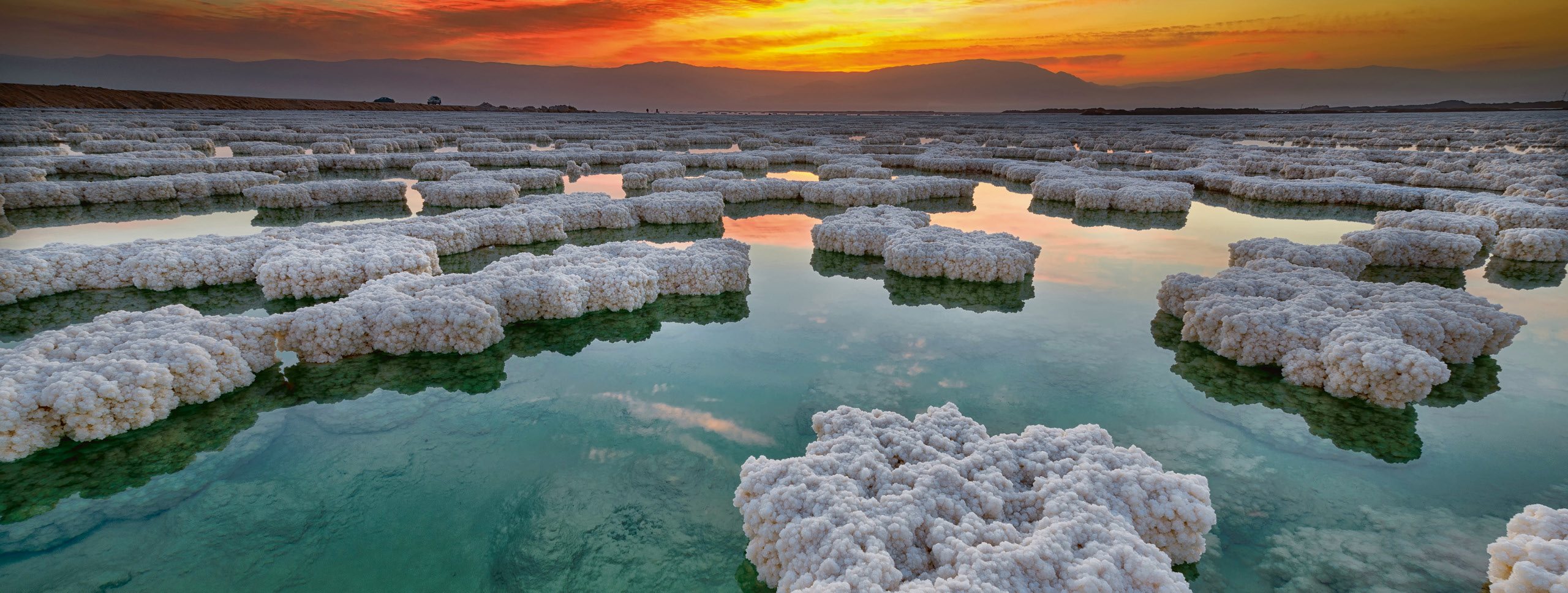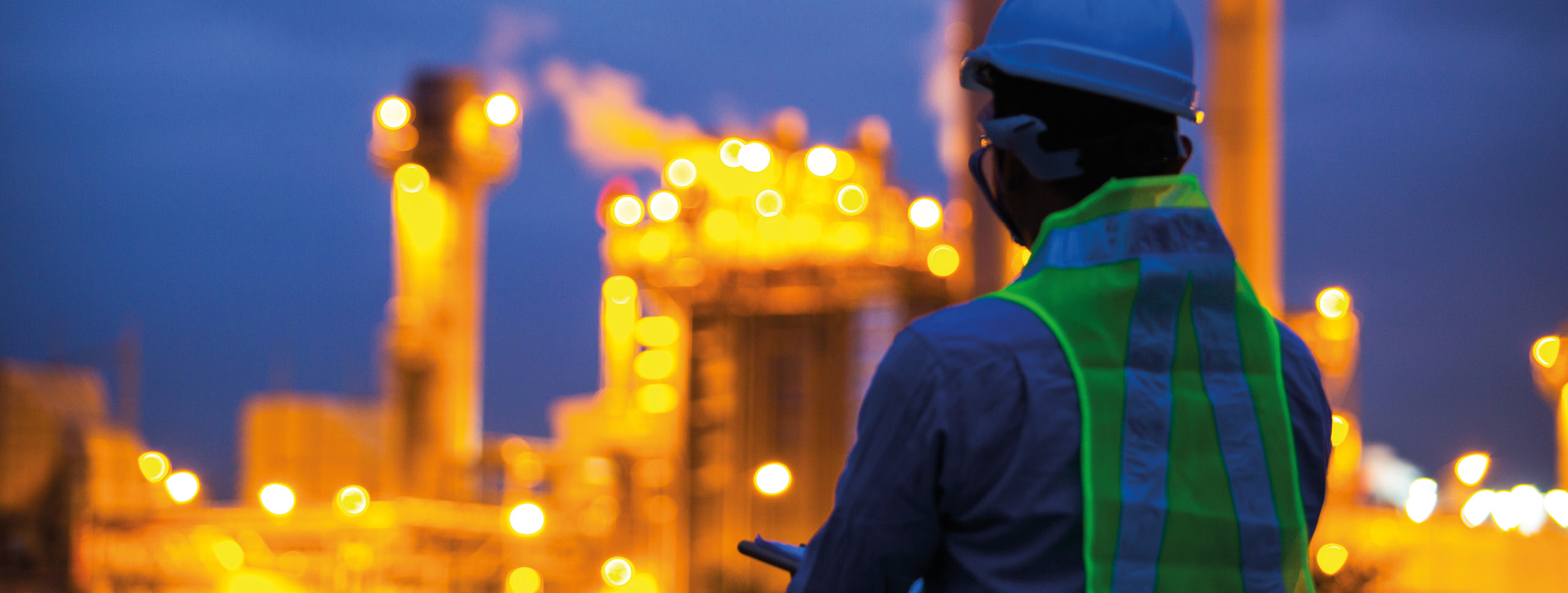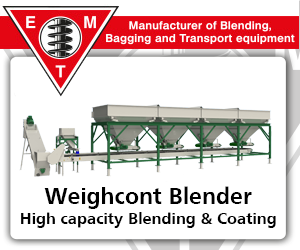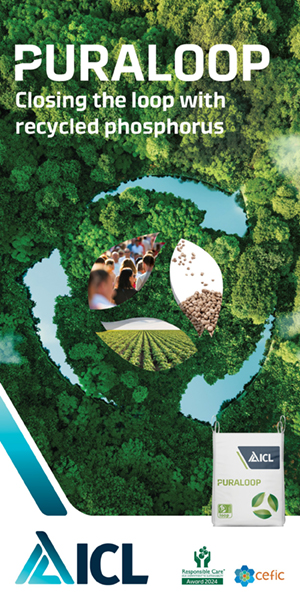

Comprehensive coverage of the global fertilizer industry
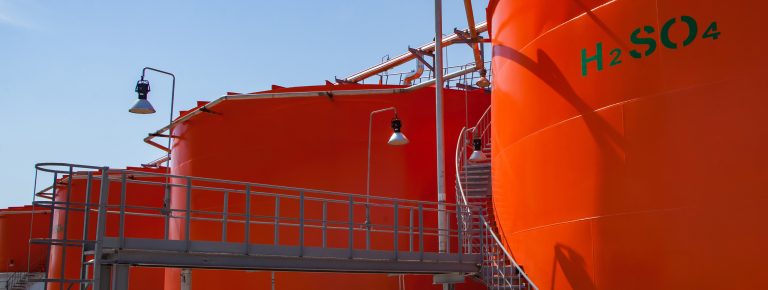
Sulphur
Extensive and independent coverage of the global sulphur and sulphuric acid industries

Nitrogen+Syngas
Unrivalled technical and market coverage of syngas and its derivatives
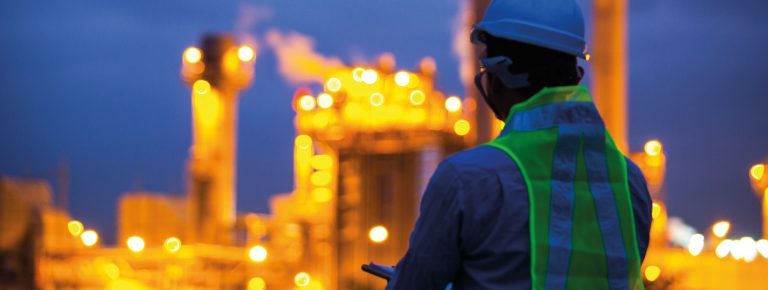
Advertising
Advertise your company and products on our website or print editions

Latest from BCInsight

Press Release: NEXTCHEM (MAIRE) awarded licensing, process design package and proprietary equipment supply based on its NX STAMI™ Urea technology in China
Stamicarbon awarded licensing, PDP and proprietary equipment supply to new urea plant in Eastern China
NEXTCHEM (MAIRE)

Press Release: ClassNK issues Approval in Principle (AiP) for Multiple Alternative Fuels Ready (Ammonia/Methanol/LNG) and OCCS Ready Bulk Carrier by Oshima Shipbuilding
ClassNIK and Oshima Shipbuilding agree AiP for ammonia/methanol/LNG and OCCS Ready Bulk Carrier

Press Release: Proton Ventures, a pioneer in the clean ammonia industry partners with Barents Blue for realization of the Barents Clean Ammonia project
Barents Blue partners with Proton Ventures on Barents Clean Ammonia project, Europe’s largest clean ammonia production plant

Press Release: Nel ASA: Strengthens its industry leadership as the final investment decision has been taken to industrialize the Next Generation Pressurized Alkaline platform
Nel ASA – investment decision to begin construction on up to 1 GW of production capacity
Press Release: Greene Tweed achieves hydrogen compression breakthrough with record-speed composite impeller
Greene Tweed’s advancement in hydrogen compression technology sets a record-breaking tip speed to 688 m/s in testing
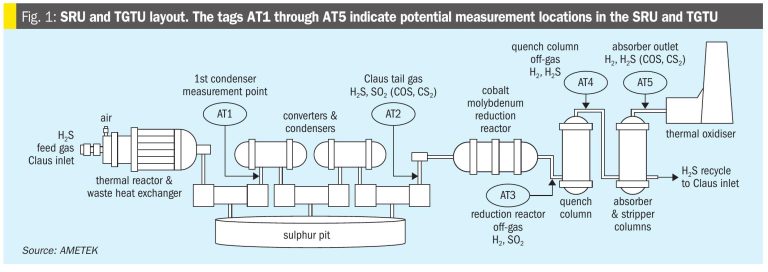
Analysing COS and CS2 in a modern SRU
Maximising sulphur recovery in a modified Claus SRU/TGTU requires controlling and monitoring COS and CS2. Leveraging decades of monitoring experience, AMETEK Process Instruments discusses the formation, impact and monitoring of COS and CS2.
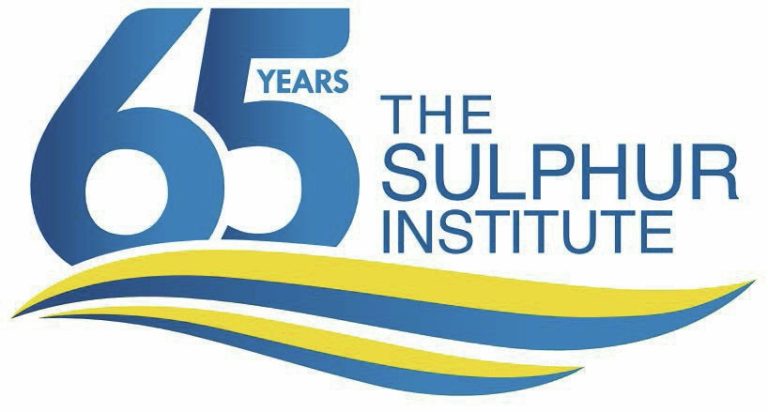
The Sulphur Institute at 65
The Sulphur Institute celebrates its 65th anniversary this year. In this article the organisation describes its lasting legacy and global impact.

2025 AIChE Ammonia Safety Symposium
Venkat Pattabathula reports on the American Institute of Chemical Engineers’ (AIChE) Safety in Ammonia Plants and Related Facilities Symposium, held from September 7–11th 2025, in Atlanta, Georgia, USA.

